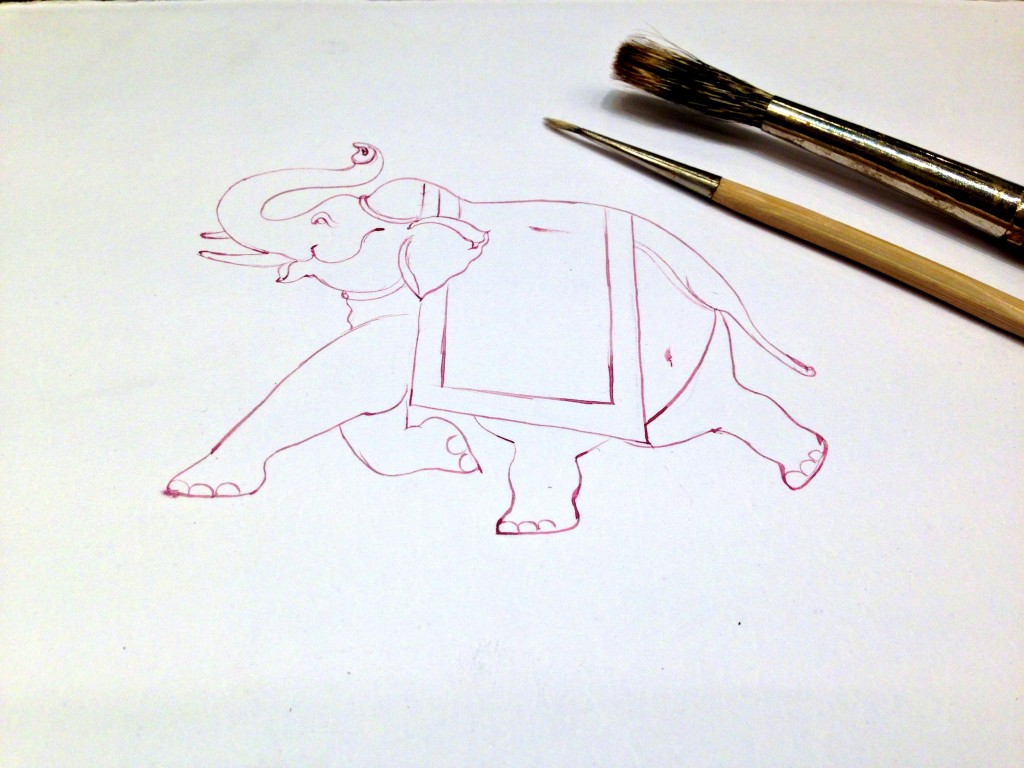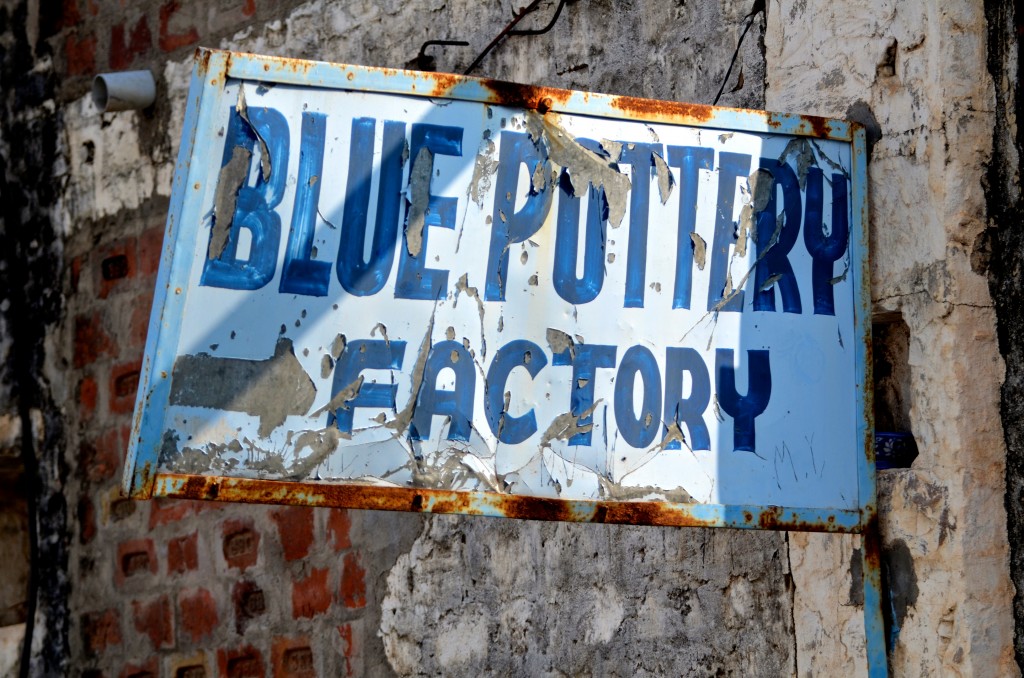
Miniature Painting from Jaipur, India to Durham, NC
Materials used during our visit and hati (elephant) painted by Elizabeth on our tour While in Jaipur, we had the… read more


Materials used during our visit and hati (elephant) painted by Elizabeth on our tour While in Jaipur, we had the… read more

While in Jaipur, we visited a local pottery factory that has been in operation for four generations. The color is… read more